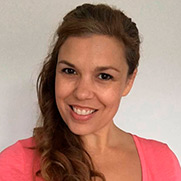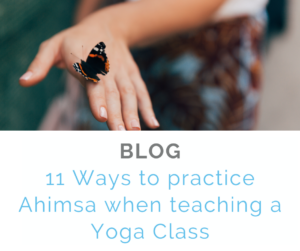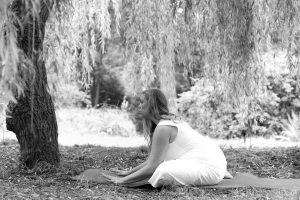Picking the right Yoga class can be a challenge and often people get it wrong. In my experience going to the wrong Yoga class happens a lot and is a major cause of injury. Or it results in people being put off Yoga totally, which is a shame as the right class can be life changing.
A complete beginner turning up at a full-on Kundalini class could put them off doing Yoga for life if they weren’t expecting it. However, if that’s what you’re looking for and you end up at a Yin class you will be so underwhelmed.
Picking a class is also further complicated because even within styles, teachers styles vary massively. I would strongly encourage you to try a few different styles and teachers of that style before committing financially. Personality and style of teaching is such a personal thing that you have to have rapport with a teacher to really be receptive to their message.
Before attending a class first, you need to ask yourself some questions:
What it is you want from a Yoga practice, strength, flexibility, stress management, spirituality?
Are you physically fit and do you have any injuries?
This is really important as yoga may help with most issues apart from the ones it causes in the first place by you not practicing it with discrimination and awareness.
Then do your research, talk to the Yoga Studio, find out what they would recommend. When you have decided on a class make sure you talk to the teacher; don’t be afraid to ask them about where they qualified, when they qualified, what other qualifications they have etc
And finally when you’re in the class:-
Don’t be afraid to speak up if you have questions
Tell the teacher BEFORE the class if you have injuries; a good teacher will be able to adapt everything they are teaching for your individual needs
Don’t do the pose if it hurts or push yourself into a posture which feels wrong
Don’t let a teacher physically adjust you in a position unless you feel safe
Do not compare what you are doing to what anybody else is doing
And remember…
YOGA IS NOT A COMPETITION, (especially with yourself)
To help here is my interpretation of some of the more common physical Yoga styles (there are many more).
Hatha
UMBRELLA TERM – ALL PHYSICAL YOGA IS HATHA YOGA.
Generally used to describe a more traditional approach,
Slower classes with a breathing and meditation part at the end.
This is generally a good option for a beginner.
Scaravelli
Vanda Scaravelli was a woman.
Not a posture focused practice more a mindful movement practice
Freeing and awakening the spine
A lovely healing nourishing practice and might not resemble your perception of what Yoga should be.
Try this one if you haven’t it’s amazing.
Astanga
Only do this if you are strong and un-injured. Not for a beginner
Same sequence of postures repeated every time.
If it has the word Mysore attached to the class title then it would be expected that you already know the sequence.
Iyengar
BKS Iyengar was a man; he liked things precise and in alignment
Postures are static and methodical.
Props are used to help achieve his interpretation of the ‘proper’ alignment
Yin
Slow-paced class, practiced seated or lying down.
Postures are held for a long time
Restorative
The lovely sleepy one with blankets, bolsters, cushions and pillows
DO THIS ONE .. A LOT especially if you’re stressed, or have been ill recently or have children, or are about to have children.
Power
Hard physically demanding poses
For strong uninjured people
Vinyasa / Flow
Sequencing of postures flowing from one to another seamlessly using the breath, Class pace and intensity will vary
Check with the teacher prior to attending that it is what you want
Kundalini
The energetic one
Lots of movement and noise.
May include mantra, chanting, strong breath work, ecstatic dancing and shaking.
Bikram
Bikram is a man (who is currently a fugitive from the US government in Mexico)
He created the hot sweaty Yoga.







